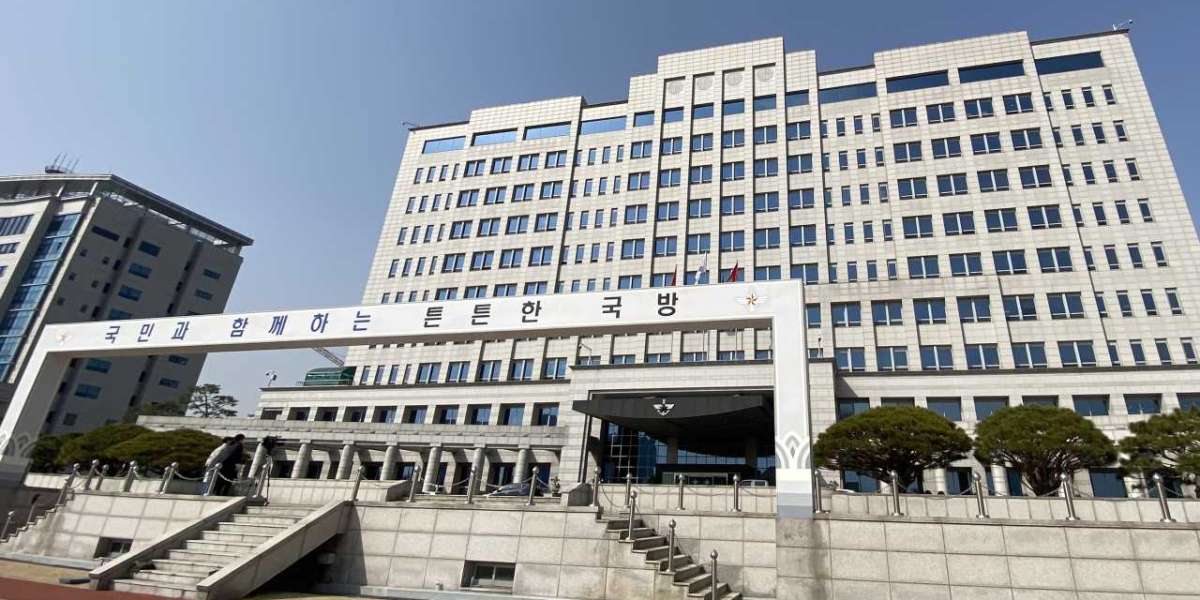President-elect Yoon Suk-yeol looks to be on track to fulfill his campaign promise to relocate the presidential office, with two locations in Seoul being explored as viable contenders for the position.
According to authorities, he first advocated locating the presidential office in the Gwanghwamun neighborhood, but owing to practical difficulties, the Defense Ministry building in Yongsan-gu has emerged as a viable alternative.
When he ran for president, Yoon vowed to move the presidential office from its current location in the secluded Cheong Wa Dae to the Seoul Government Complex, which is located in the more central Gwanghwamun neighborhood commercial center adjacent in Seoul's Jongno-gu. The purpose of this vow was to bring the president's office closer to the general populace. As a result of the security and traffic concerns, he is currently looking for alternatives. Prior to that, in 2017, the Moon Jae-in government made a similar vow but was forced to abandon it owing to the same issues.
It was reported by The Korea Herald that Yoon's office has stated that the Defense Ministry building in the Yongsan neighborhood of downtown Seoul is seen as a "strong option" to the Gwanghwamun region.
In Yongsan, an official remarked, "we are debating whether to relocate the Defense Ministry building or to relocate the Foreign Ministry building (which is close to the Seoul Government Complex)." Because it must be shared with other ministries, the Seoul Government Complex building was omitted because only half of the building may be used at a time.
The Defense Ministry's new headquarters provides a number of significant advantages. If the president's official working space is relocated to the region, it is envisaged that security-related difficulties would be handled without difficulty. This is due to the fact that the Ministry of National Defense building already contains helicopter takeoff and landing capabilities, as well as subterranean bunkers that are connected to the structure.
When it comes to the presidential mansion, it is probable that the official residence of either the Ministry of Foreign Affairs or the Chief of the Army, Navy, and Air Force Staff would be used.
According to local media, which cited an official from Yoon's office, the transfer of the Ministry of National Defense is not being considered at this time. Yoon argues that both the new and old office buildings have sufficient room to accommodate both defense and presidential employees and that only modest renovation would be required to accomplish this.
Additionally, President-elect Yoon intends to reorganize Cheong Wa Dae's enormous organizational structure in conjunction with the transfer.
Yoon recommended during his rally that senior secretaries, senior civil affairs offices, and the second affiliated office be abolished, as well as a 30 percent reduction in the number of Cheong Wa Dae employees.
Earlier last week, Yoon stated that he intended to "abolish" the position of senior presidential secretary for civil affairs inside the presidential office. He is also anticipated to reveal steps to reduce the size of the Cheong Wa Dae workforce in the near future.
At the moment, President Moon Jae-in's office is headed by a chief of staff, a police chief, and a national security chief, who is supported by eight senior secretaries and two deputy heads of the National Security Office (NSO). The presidential office secretariat alone has a staff of 443 people working for it.
A public-private partnership committee by field will be established to collect policy demands from public officials, professors, and members of the media, according to Yoon's plans. The number of staff members will be reduced by 30 percent, and the committee will be comprised of public officials, professors, and members of the media.
The administration intends to establish a dedicated prime minister as well as a ministerial system to empower the Cabinet in order to ensure that each ministry has its own autonomy.



